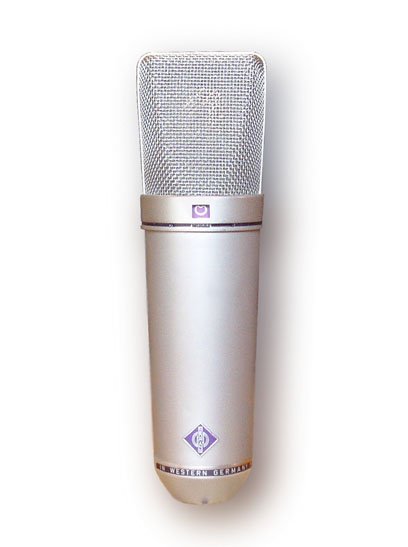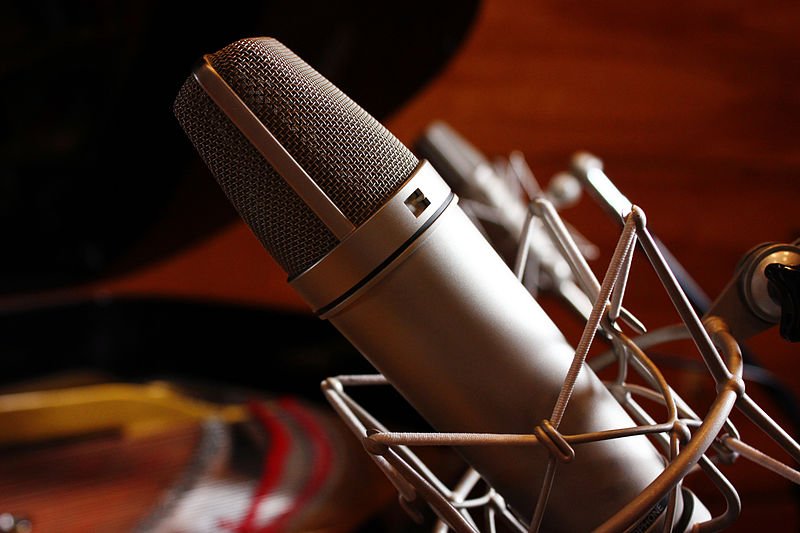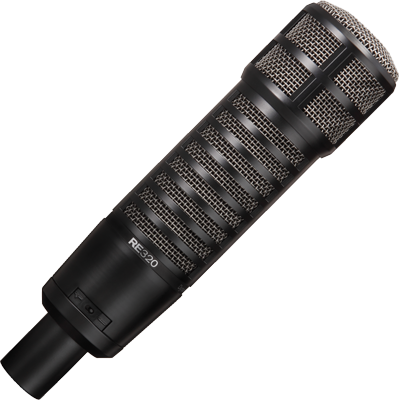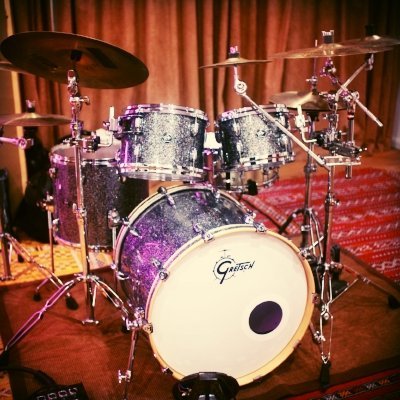How To Record A Trumpet
Recording A Trumpet
The first Jazz record that I ever bought was Bitches Brew by Miles Davis. I was drawn to the album by its amazingly vibrant cover, which almost pulled me across the room at the Oxford town hall record fair. Ever since then, I've been a fan of Miles Davis and an admirer of great trumpet playing.
I recently finished recording a trumpet session for the new Sanguine Hum album Now We Have Power and in this blog, I'm going to show you how to go about recording this amazing instrument and demonstrate the different characteristics of various microphone designs with a mic shootout.
The Trumpet
There are two types of Trumpet in common use today, the Bb and the C, which refers to the transposition of the instrument. The Bb sounds a tone lower than the written pitch and the C trumpet plays at concert pitch. It is possible, however for some trumpets in C that have a sliding transposition tube to return the C trumpet to Bb.
Range
The Bb and C trumpets have a range of F#3 to C6, although higher notes are possible at louder dynamics.
This puts the fundamental frequency range of the trumpet between 185 Hz to 1046.5 Hz, of course, there will be harmonics and overtones that reach way beyond this but knowing the fundamental range of an instrument is really handy in both recording and post-production.
Tonal Characteristics
The trumpet's formants sit around 1.5 KHz and extend up to about 3 KHz. However, the trumpet's tonal character is radically altered when employing a mute. The mute is a cup-shaped dome of metal that sits directly in the bell of the instrument. With the mute inserted frequencies around 2-2.5 KHz are dampened creating a scooped sound. Not all mutes are the same with conical designs affecting the sound in a slightly different way.
Mic Choice & Placement
Above 1.5 KHz the trumpet is quite directional and becomes more so with higher frequencies. Above 5 KHz the trumpet has a dispersion of only 30 degrees. However, at the lower range, 500 Hz and below, the trumpet's sound emanates in all directions quite uniformly.
The trumpet is capable of producing an enormous volume with the loudest dynamics creating an SPL of 130db. For this reason, it's a good idea to place the mic slightly off-centre to reduce the likelihood of overloading the capsule.
For the mic shootout I'm going to be comparing the various characteristics of five different mics with three different capsule designs:
Neumann U87 - Large diaphragm condenser
Electro-Voice RE320 - Dynamic
Sure SM57 - Small diaphragm dynamic
Sennheiser MD421 - Dynamic
SE Electronics R1 - Ribbon







The setup in the recordings that you're about to hear is relatively simple. Each of the mics was placed on a standard telescopic boom mic stand. Two mics were positioned slightly to the left of the player and 3 mics slightly to the right. The sensitive condenser and ribbon designs were placed on the outside, whilst the more robust dynamic designs were placed closer to the centre. As the trumpeter was reading, a careful arrangement of the music stand and microphones was needed to get the best pickup whilst maintaining a clear line of sight of the music.
The working distance between the mics and trumpet was approximately 2.5' - around 70cm.
Below is a copy of the melody.
As you can hear the U87 and SER1 are the fullest sounding, whilst the dynamic mics are slightly brighter and more nasal. This difference is also due in part to the placement of the mics as the dynamics are working slightly further inside the high-frequency dispersion angle of the trumpet. Of the dynamic mics, the MD421 sounds brightest and the RE320 fullest in tone with the SM57 sounding somewhat similar to the RE320.
In the final recording, I ended up using the U87 and SER1 mics for their full-bodied tone and natural sound. Although if more cut was required in the mix the MD421 could have been a nice companion to either the R! or U87.
Hopefully, you've found this blog useful. Please feel free to leave a comment or ask questions below.
Stay creative,
Joff
Related Posts ↓





In this blog I'm going to show you how to go about recording the trumpet and demonstrate the different characteristics of various microphone designs with a five mic, mic shootout.